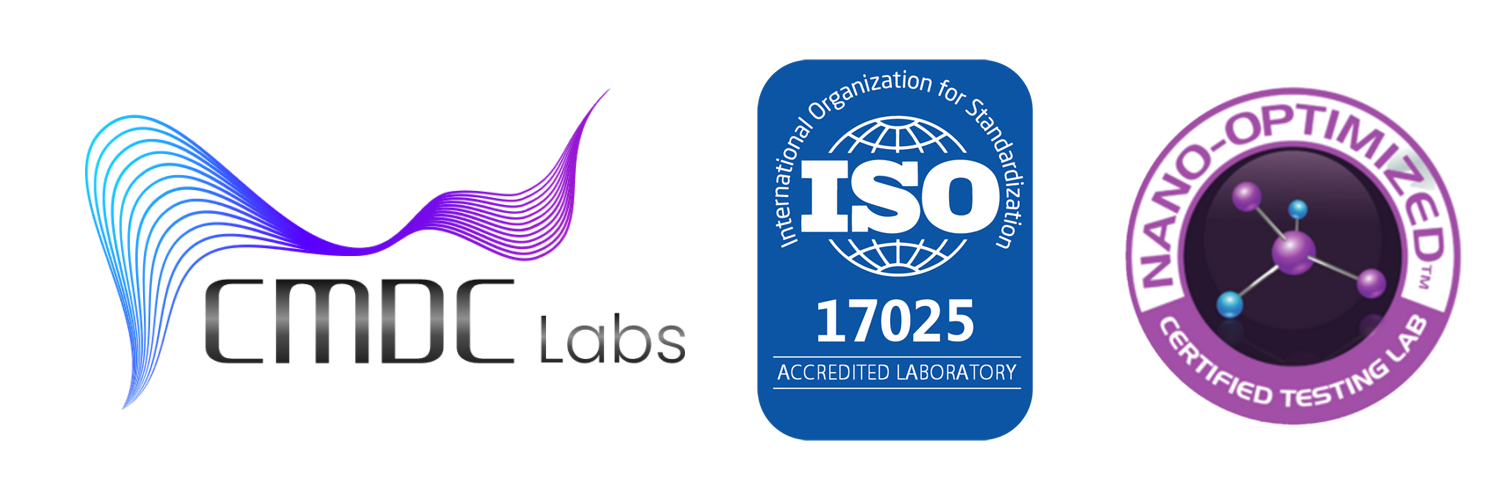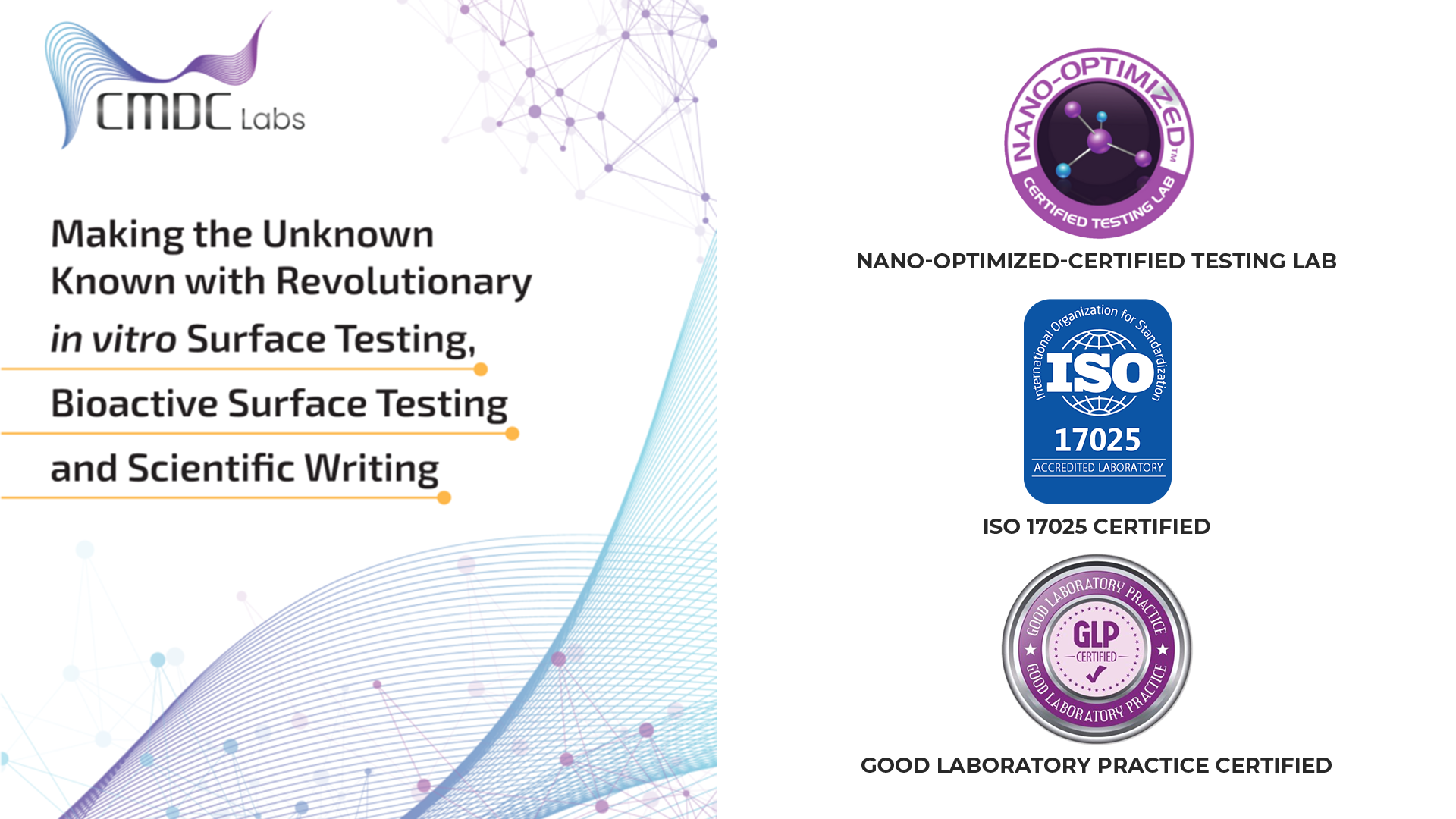In the realm of food safety, ensuring that products meet rigorous quality and safety standards is paramount. One of the most respected organizations setting the bar for such standards is the Association of Official Analytical Chemists (AOAC) International. With a rich history dating back over a century, AOAC has been instrumental in developing and validating methods for analyzing food and ensuring its safety. In this comprehensive guide, we delve into the intricacies of AOAC food safety testing standards, exploring their significance, key principles, and applications in safeguarding public health.
Understanding AOAC: Established in 1884, AOAC International has evolved into a globally recognized authority in analytical chemistry. Its mission revolves around advancing analytical methods and promoting their use in solving real-world challenges, particularly in the realm of food safety. AOAC standards are developed through a rigorous process of collaborative research, validation, and consensus-building among experts in the field. These standards serve as benchmarks for laboratories and regulatory agencies worldwide, providing a framework for evaluating the safety and quality of food products.
Key Principles of AOAC Food Safety Testing: AOAC food safety testing standards encompass a wide range of analytical techniques designed to detect and quantify various contaminants and adulterants in food. These standards adhere to several key principles:
- Accuracy and Precision: AOAC methods prioritize accuracy and precision, ensuring that test results are reliable and reproducible. Rigorous validation studies are conducted to assess the performance characteristics of analytical procedures, including sensitivity, specificity, and repeatability.
- Specificity and Selectivity: AOAC methods are tailored to target specific analytes of interest while minimizing interference from other substances present in food matrices. Selective extraction and detection techniques are employed to enhance the specificity of analytical tests.
- Sensitivity and Detection Limits: AOAC standards mandate the use of sensitive analytical instruments capable of detecting trace levels of contaminants in food samples. Low detection limits are crucial for identifying potential hazards and ensuring compliance with regulatory limits.
Applications of AOAC Standards in Food Safety: AOAC food safety testing standards find wide-ranging applications across the food industry, encompassing areas such as:
- Microbiological Analysis: AOAC methods are utilized for the detection and enumeration of foodborne pathogens, including bacteria, viruses, and parasites. Techniques such as polymerase chain reaction (PCR), immunoassays, and culture-based methods are employed to assess microbial contamination and ensure microbiological safety.
- Chemical Analysis: AOAC standards cover the analysis of chemical contaminants, including pesticides, veterinary drugs, heavy metals, and mycotoxins, which can pose risks to human health. Analytical techniques such as chromatography, mass spectrometry, and spectroscopy are employed to quantify these contaminants at levels deemed safe for consumption.
- Allergen Testing: AOAC methods are instrumental in identifying and quantifying allergenic ingredients in food products, such as gluten, nuts, soy, and dairy proteins. Immunoassays and molecular-based techniques are commonly used to detect allergens and prevent cross-contamination in food processing facilities.
Conclusion: In conclusion, AOAC food safety testing standards play a vital role in safeguarding public health and ensuring the quality and integrity of the global food supply chain. By adhering to rigorous analytical methods and validation procedures, food manufacturers, regulatory agencies, and laboratories can uphold the highest standards of safety and transparency. As food safety concerns continue to evolve, AOAC remains at the forefront of innovation, driving advancements in analytical chemistry and promoting best practices in food testing and analysis.

